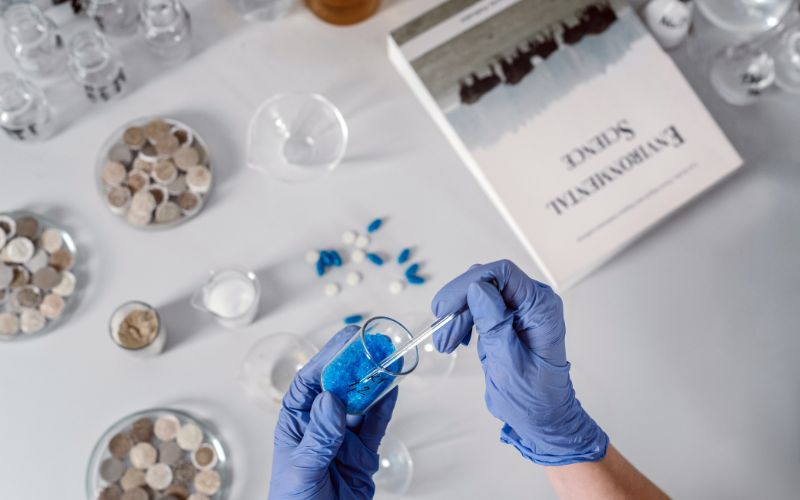
What Are Pharmaceutical Impurities?
Impurities are a reality in the world of pharmaceuticals, and they can have an impact on patient’s health, manufacturing costs, and regulatory compliance. In this blog post, we will define pharmaceutical impurities, the impact they have on drugs, and how the pharma industry detects, measures, and controls these impurities.
Definition of Pharmaceutical Impurities:
Pharmaceutical impurities are substances that are not the intended therapeutic ingredient but appear during drug manufacturing or storage. These unwanted molecules can arise from various sources such as intermediates, solvents, catalysts, or environmental conditions, and they can be classified into different types based on the origin, chemical structure, and impact on drug quality. Drug regulatory agencies such as the FDA or EMA have set specific limits for pharmaceutical impurities that are considered safe and acceptable for human consumption.
Effect of Impurities on Drug Quality:
Pharmaceutical impurities can have different effects on drug quality and efficacy. For instance, some impurities may cause toxicity or adverse effects on a patient’s health. Others may affect the drug’s stability, solubility, or bioavailability, leading to reduced potency or altering the pharmacokinetic profile of the drug, which in turn affects its efficacy. In some cases, impurities can cause discolouration, odour, or physical changes in the drug product, making it less appealing for patients or difficult to store.
Detection and Control of Impurities:
To ensure drug quality and patient safety, the pharmaceutical industry has established strict procedures for detecting, measuring, and controlling impurities. These procedures are part of the drug development and manufacturing process, and they involve various analytical techniques such as chromatography, spectroscopy, or mass spectrometry. These methods help identify and quantify impurities at trace levels, and they allow manufacturers to adjust their manufacturing process to minimise or eliminate impurities. Furthermore, manufacturers perform stability studies to monitor impurity levels during their drug’s shelf life and ensure compliance with regulatory guidelines.
Prevention of Impurities:
Preventing impurities from being introduced into the drug manufacturing process is critical for ensuring drug quality and reducing manufacturing costs. Manufacturers can apply various measures to prevent impurities from being introduced into their products, such as using high-quality starting materials, minimising the number of synthetic steps, selecting appropriate solvents or catalysts, and controlling environmental conditions such as temperature or humidity.
Pharmaceutical impurities are unwanted substances that can have a significant impact on drug quality and patient health. To ensure patient safety and regulatory compliance, the pharmaceutical industry has established strict procedures for detecting, measuring, controlling, and preventing impurities. Identifying and understanding impurities’ sources and impacts is crucial for drug development and manufacturing processes. By applying analytical techniques, manufacturers can minimise or eliminate impurities and improve their product’s quality, stability, and efficacy.



